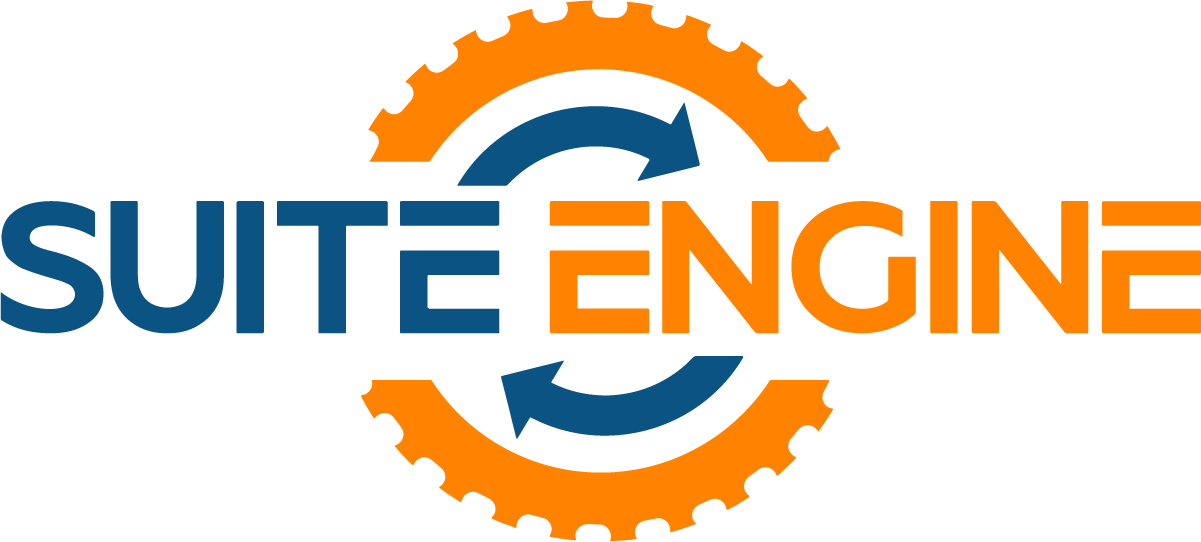Shopify Connector for Microsoft Dynamics 365 Business Central
First published on: July 27, 2022 Updated: January 17, 2024
Microsoft Shopify Connector Review
The partnership between Microsoft and Shopify to produce their “Shopify Connector” between Shopify and Microsoft Dynamics 365 Business Central was one of intrigue and anticipation for the Suite Engine team (and many of you) in 2022. It was undoubtedly an exciting point of discussion at Directions NA 2022 among Microsoft ISVs and Partners.
Since its’ release, our developers, product testers, and consultants have enjoyed getting to know Shopify, an eCommerce platform we’ve valued for years, from a whole new perspective. The following is our ongoing review of where we believe the current Microsoft AppSource extension features shine and where they need a bit of polish. Because our own Shopify connector has been on the market since 2020, and we’ve also been in the eCommerce development field since 2016, we have a pretty good understanding of when a particular product is a good fit for a company and when it’s not, so we’ve included some guidelines below.
To get started, it’s helpful to understand the reasoning behind the development in the first place. It’s similar to what prompted us to develop our own Channel Sales Manager (CSM) for Shopify … This partnership was designed to better connect Shopify’s eCommerce and merchant experience with the comprehensive business management capabilities of Microsoft Dynamics 365 Business Central.
The connector aims to help clients get the visibility needed to speed up customer inquiry responses, process more timely returns and refunds, and achieve more accurate order processing.
Overview of the Microsoft Shopify Connector in Business Central
The areas in which the extension does well:
- The design and interface are easier to use versus CSM, and the functionalities to set up a channel are simplified.
- API Credentials setup is more straightforward and not as difficult.
- Direct links are provided within the Products tab, which can make it more efficient for users to access necessary data quickly.
- Artificial Intelligence within Shopify on the Orders tab provides a “Risk Level Tracker.” This helps track fraudulent activity.
The areas in which the Microsoft Shopify extension needs improvement:
- Within the Microsoft Shopify Connector in Business Central, Microsoft has not fully developed Gift Cards and Payouts. You would benefit from using Suite Engine’s CSM for Shopify to manage Gift Cards.
- The automation process has been improved in the past year. In-depth development work can still be improved.
“Overall, [The Microsoft Shopify Connector is] quick and easy for product publishing and synching between BC and Shopify, but lacks the level of flexibility that CSM for Shopify provides for different automation and configuration options.”
~ Jessie Wang, eCommerce & D365BC Consultant
View, download, or print the full comparison card here.
*As with all technology, advancements, and application improvements are made regularly. Features not available at the time of this publication may be available now, so be sure to work with a Microsoft Partner and directly with the application publisher on Microsoft AppSource.
Not Sure If You Need This Feature Now?
Existing BC users may not use Shopify for their business, yet the extension is automatically installed for new and existing BC customers. If users wish to delete this function, they can remove the extension in Business Central. Follow the steps below to uninstall the Shopify Connector:
- Search Extension Management
- Within the Extension Management card, search Shopify Connector
- Hover over the three vertical dots to choose More Options
- Then click Uninstall
Summary
Channel Sales Manager (CSM) for Shopify provides an abundance of automated feature options, giving you more flexibility and saving you time and money. Not only does CSM work with Shopify, but it’s designed to work with all major eCommerce platforms, offering you a complete management system with total visibility for orders, listings, inventory, and payments.
While the setup may be a breeze and the very definition of “plug-and-play,” the Microsoft Shopify Connector lacks the automation desired by those who deal in larger volume sales orders and who work in multiple sales platforms/marketplaces/channels besides Shopify. Microsoft’s Shopify connector has seen good development over the past year, but the feature offerings still have more development work overall. It’s still lacking in the degrees of flexibility and creativity readily available in Suite Engine’s CSM for Shopify.
For a complete analysis of your eCommerce and channel-specific needs, contact us for a free and personalized demonstration!
Related Articles:
- CSM for Shopify POS and Returns Feature
- Sales Returns and Refunds in CSM for Shopify
- Search Category: CSM for Shopify
LEARN MORE …








